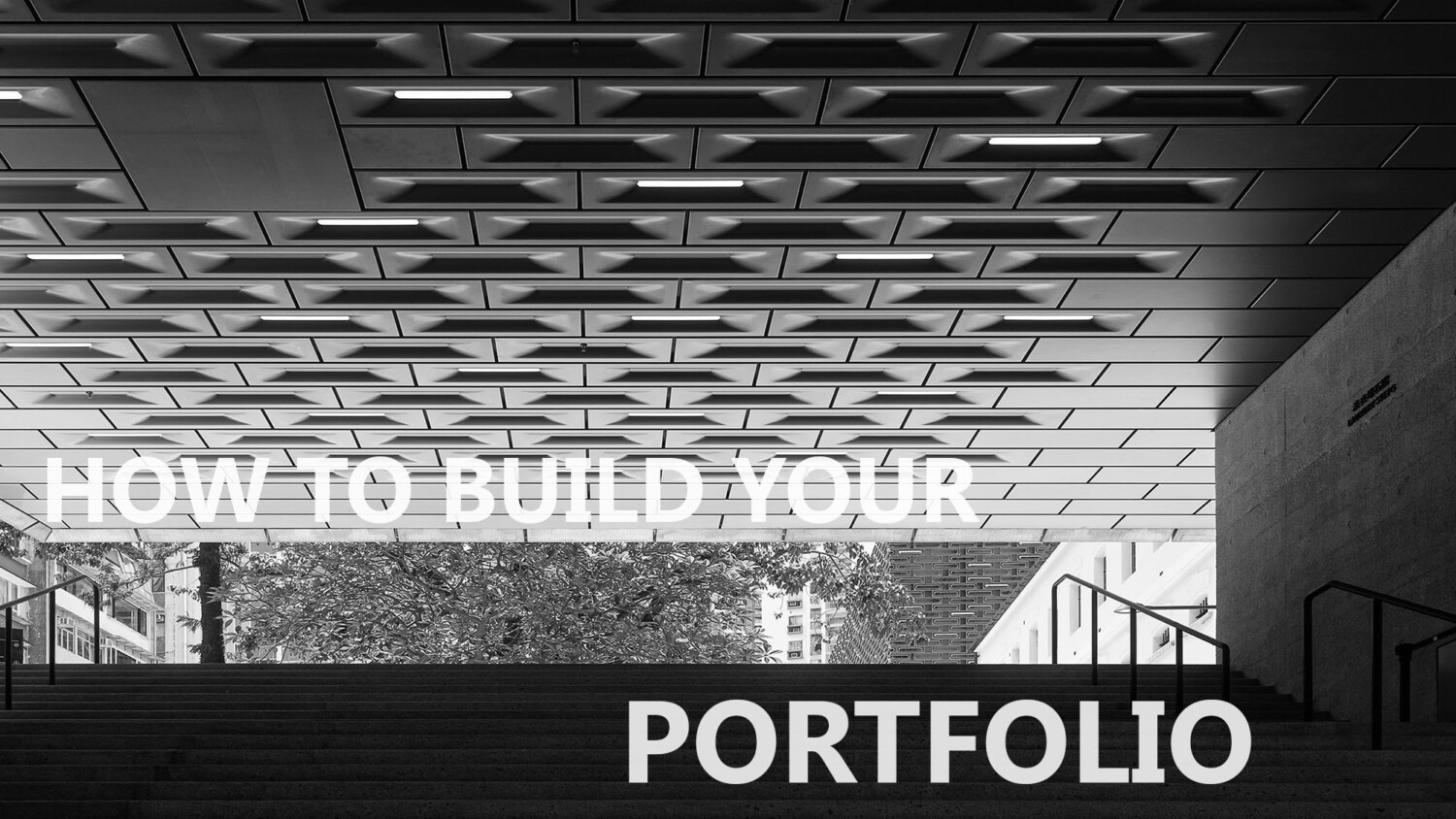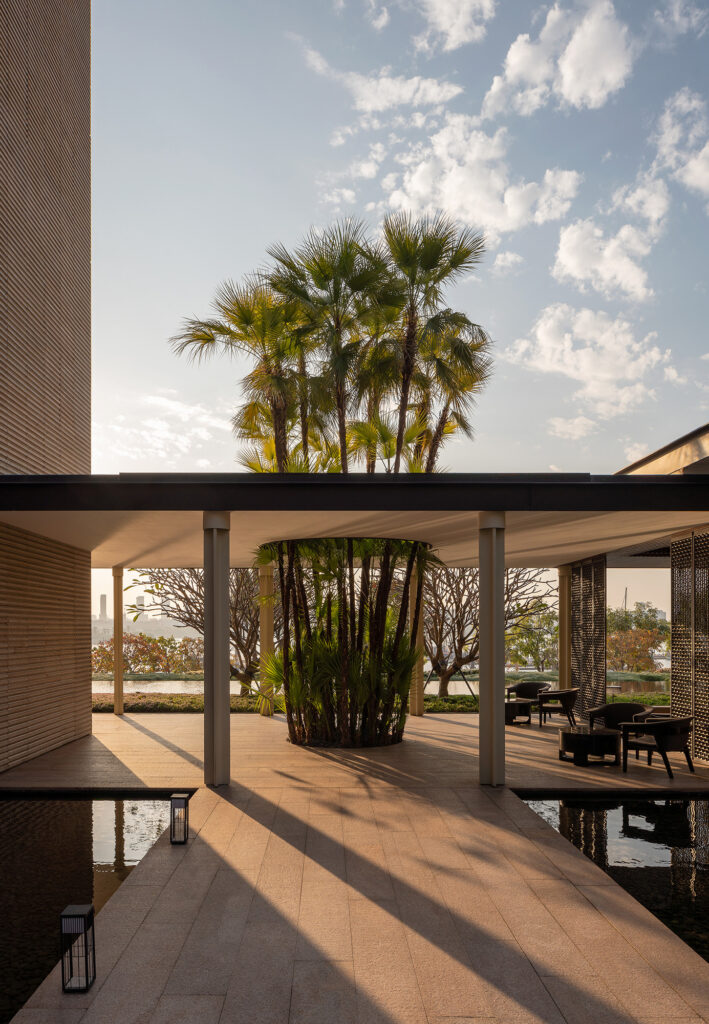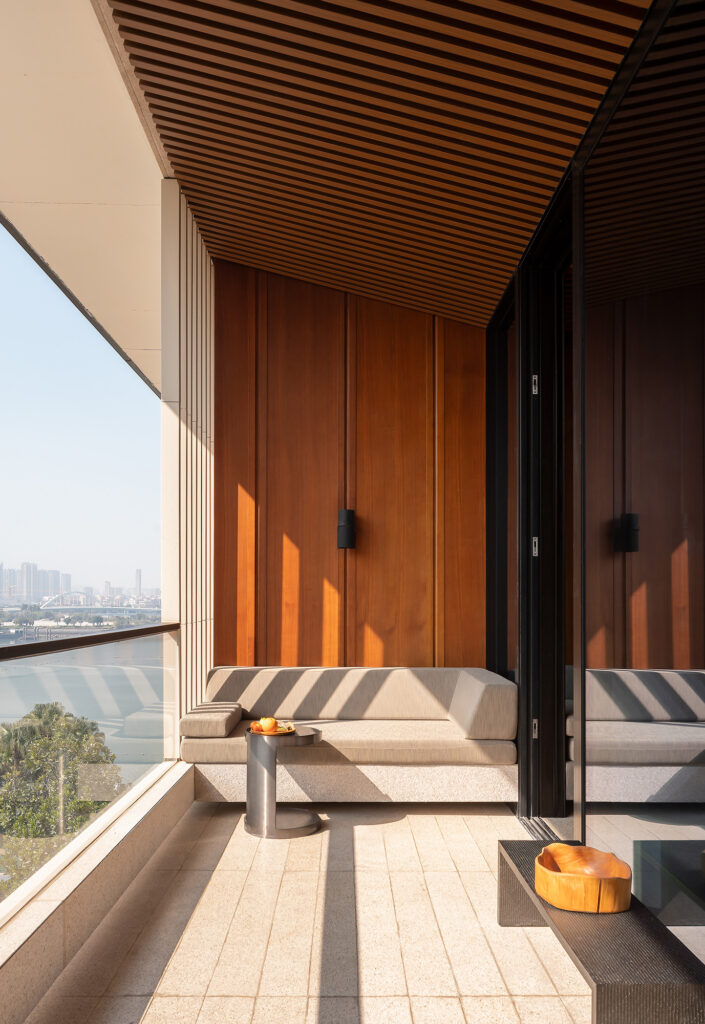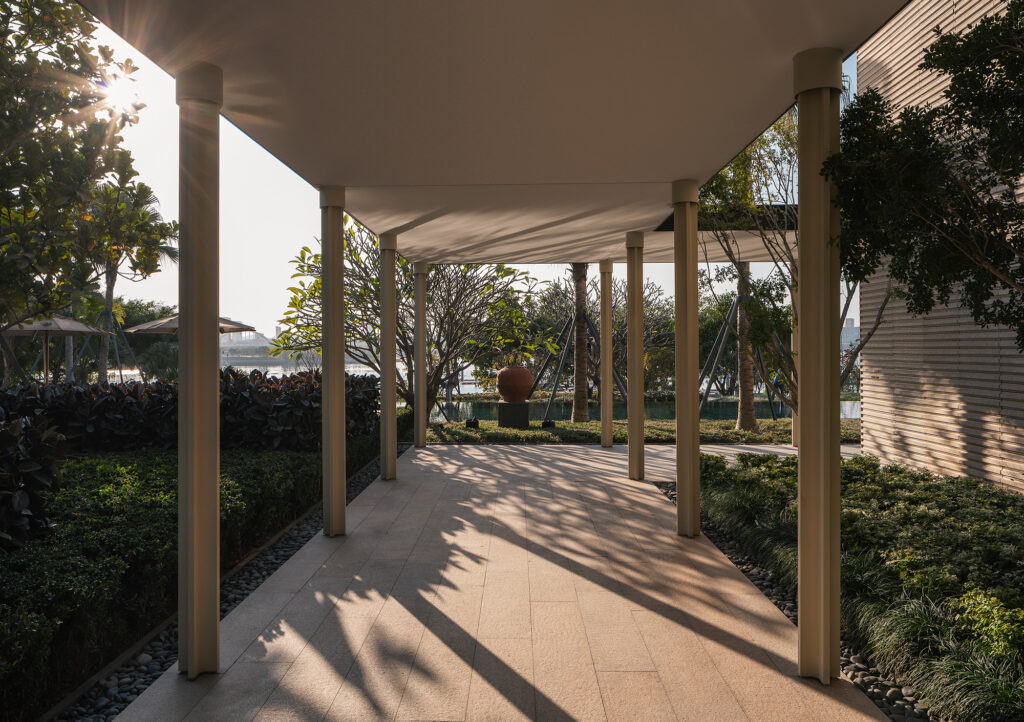No Clients? No Worries! This is How to Put Together an Architectural Photography Portfolio on Your Own
So you’ve made the decision to pursue your passion for photographing architecture. Fantastic news! Your dreams of hopping from one beautiful building to another, capturing it as only you can, and getting paid for it are about to come true. But you’ve got one major problem – you don’t have any clients.
As with any other creative pursuit, it’s going to be very difficult to get that first gig if you can not show prospective clients work that you’ve already done that demonstrates your ability to carry out what they’re hiring you to do (and to do it well!). You’re in luck though, because you don’t need clients to build an amazing portfolio of work that you will use to eventually land those initial paid jobs.
One way is obviously to assist another more established photographer. This is a tried-and-true way to get into the industry, but it takes more time. Our growing impatience with just about everything, coupled with the ease with which we can access training material has propelled more and more aspiring architectural photographers to forego assisting and dive right in instead.
If you’re planning on taking the latter route, below are some things to think about and strategies to employ in your quest to build up your portfolio of work. These are based mostly on my experience and everything included may not be directly applicable to your particular situation depending on where you live and what kind of work you want to shoot. My hope is that you come away with more confidence in how to go about devising a roadmap to creating your portfolio which is one of the most important aspects in jumpstarting your career.
It’s going to take a lot of planning, effort, patience, perseverance, and a bit of good luck, but before you know it, you’ll have enough portfolio-worthy material to start approaching firms and kick-starting the career you’ve always dreamed of – so let’s get after it.
A Financial Safety Net is Key
Firstly, and potentially most importantly, do not take the plunge into starting your career without a financial safety net in place. That either means keeping your day job or having enough cash in savings to keep you afloat while you build your portfolio (and find work!). This cash cushion serves a variety of purposes, as we’ve talked about here before. With regards to portfolio-building, it’s going to give you the time you need to produce your best work so that you have a higher likelihood of snagging new clients. If you don’t have this cushion in place, but you just can’t wait to get into the field, I would highly recommend going the assistant route.
Demand Perfection From Yourself
When it comes to building your portfolio there is something very important to keep in mind – you have no excuse for subpar images. Because you (should) have your cash cushion in place, time should not be a limiting factor and you can’t use the lack of it as an excuse for not creating your best work. You have the luxury of waiting for ideal weather. You don’t have a client breathing down your neck or pushing you to photograph a view that you just know isn’t going to work. Most of the pressures of an actual, commissioned photoshoot don’t exist. So while I definitely think you need to know how to work under these types of real-world scenarios, you should cherish this opportunity to build your portfolio and do absolutely everything you can to create images that are as perfect as they can be.
Push yourself and don’t settle for mediocrity. If you get out to a building site and the light is not right, come back another day. If, while editing, you feel that an image could be improved by going back and shooting it from a different angle, or shooting it when there are more (or less) people in the frame, do it. You may feel like you’ve wasted a bunch of time and that you’re starting from scratch, but I can assure you that having the best possible images in your portfolio will be well worth the extra effort.
So, What Kind of Architectural Photographer Do You Want To Be?
The first thing you need to do is identify what you want to shoot and who your target audience is — pretty obvious, but important. You’ll need to decide if you want to specialize in a certain building type, or if you want to be more of a jack-of-all-trades. Do you want to be the person everyone goes to when they need to document a certain building type, or would you rather cast a wider net and try to serve a broader audience? Both have advantages and challenges. Whatever you decide on, make sure it not only is going to fulfill you creatively, but that there is a market for that type of work in your area.
Next, for those of you wanting to shoot more than one project type, you’ll need to start to create a list of projects within each of your building type categories, making sure you photograph at least a handful in each group. Don’t go overboard here. You need to find the sweet spot between showing off what you can do, without having to take months and months to get your portfolio together. Focus on a few key project types first – you can build from there later on.
There’s quite a bit of scouting that you’ll need to do in order to create your project list. Hopefully, you’ve been keeping an eye on buildings in your area that are ripe for shooting. Make note of which buildings are publicly accessible and that you can photography freely, and those of which are going to require some additional effort to access (more on that in a bit). Make sure you only include buildings that are in proper condition to be photographed. It’s no fun to schlep all your gear out somewhere only to discover that the building isn’t finished yet. Or it’s being renovated. Or a whole host of other things that could prohibit you from getting quality images.
What Types of Images Do You Need?
In terms of what types of images you need to capture, I generally think a good rule of thumb is to find the right balance between 1) overall, hero/establishing type shots, 2) editorial shots, and 3) detail shots. The hero shots are a no-brainer and obviously ones you need to have in your portfolio. But don’t sleep on the other two categories. The term editorial can mean a variety of things. For example, if you’re photographing a public building, you’ll probably want to capture how people and the building interact with one another. Even without people, these types of shots can show viewers what it’s like to exist within or move through a space, which will complement your overall shots well. And finally, the detailed shots are going to help you showcase a building’s materials, the craftsmanship and care that went into constructing the project, and highlight any other closely curated moments will help strengthen your set of images for a particular project. Perhaps it’s the way natural light drapes across a concrete wall. Or maybe it’s a tightly cropped shot of an interior highlighting only a few furnishings that give the space an added layer of texture and character. In any case, a well-rounded portfolio with a mixture of images of all three types (overall, editorial, detail) is going to help your work stand out in the crowd.

Finally, distinguish between projects that you think you’ll be able to comprehensively shoot with ones that you’ll only be able to get a handful of decent shots. One or two hero shots of a building are perfectly suitable to include in your portfolio, but you also need to balance that out with some projects that you capture more holistically. For those, you need to make it appear as if you were commissioned for the job as potential clients are going to want to see that, not only are you a capable photographer, but that you have the ability to capture a project in its entirety. Smoke and mirrors people. More astute clients are well aware that it’s a lot easier to get a few nice shots of a building than being able to capture a couple dozen images that are consistent in quality while honing in on the essence of a building’s narrative.
Those Hard To Reach Places
In terms of accessibility, some building types are going to prove more challenging to capture than others. Interiors are an obvious example. You may need to get a little creative when trying to shoot these tough to reach places.
First, try to leverage your network as much as possible. Do you know anyone that has access to the types of spaces you want to shoot? I’ll give you two examples from when I was building my own portfolio:
When I had first left my job as an architect, I knew that one of my former clients was in the process of moving into a newly designed office and clubhouse space. As it neared completion, I reached out to him to see if he would be okay giving me access to the space for a day on the weekend. He obliged and we were able to shoot for about half a day with no interruptions. At that time, I had very little experience photographing interiors, so it was a great opportunity to get my feet wet. Fortunately, we came away with a handful of very nice images of his clubhouse floor (see below). Shortly after posting them to our website, we were approached by what turned out to be our first luxury retail brand client, who specifically referenced a couple of those particular images when she described the look that they were going for. So not only did that self-directed shoot get us some portfolio material, but it was part of the reason we landed a new client. And at the same time, it helped give us the confidence to deliver when we eventually shot for the new client, who has now become a repeat customer. A great result.
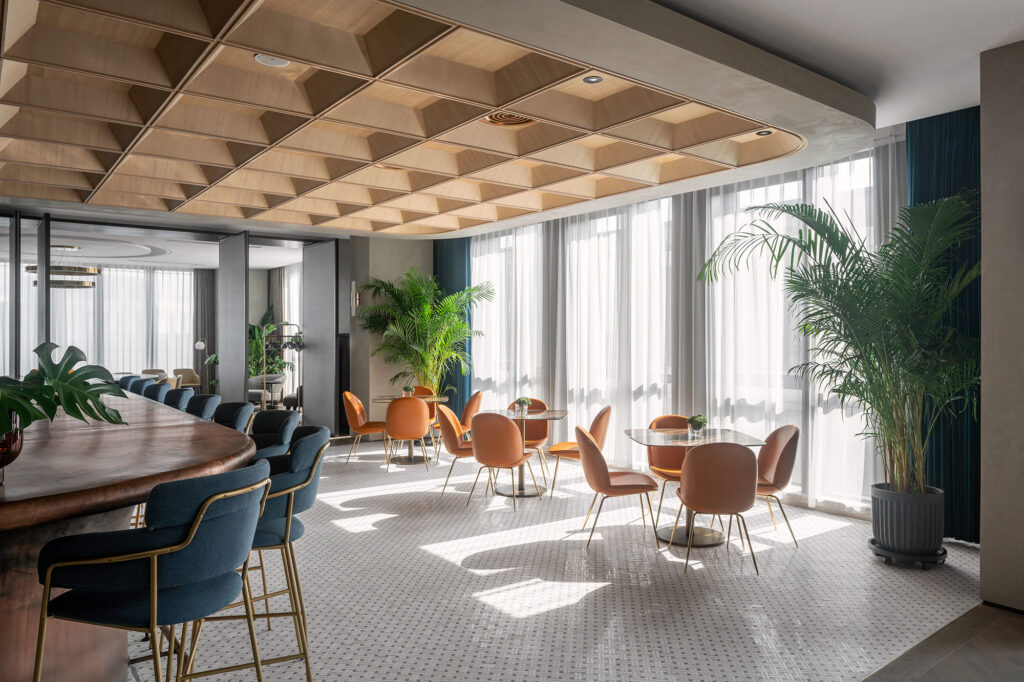
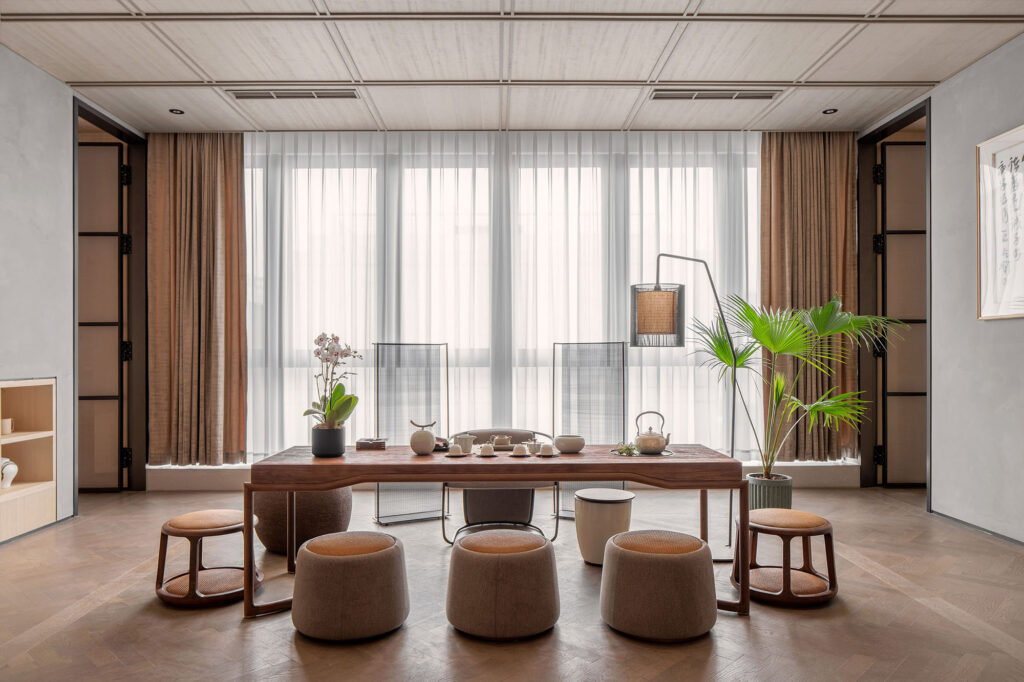
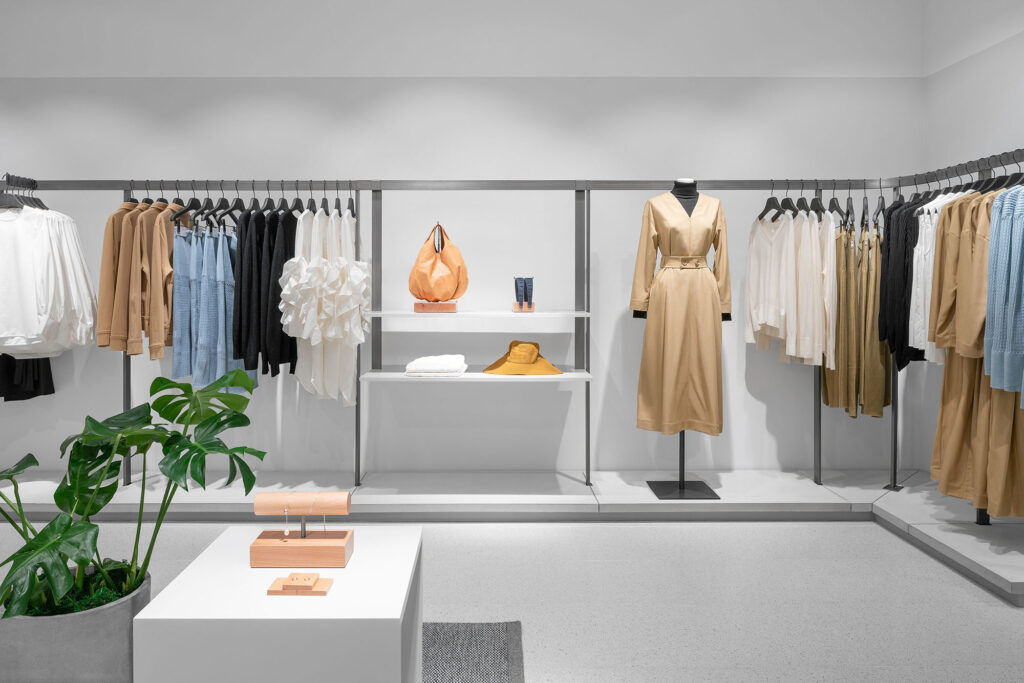
In the second example, I wanted to start to include some workplace interiors into my portfolio, however these are some of the most difficult types of shots to get without a client. I reached out to a friend who was working for WeWork and asked if she could give me access to one of their locations so that I could take a few shots for my portfolio. She graciously agreed, and I went with her one morning during off-peak hours so that I could photograph without disturbing anyone and have the ability to move things around as needed. Not only did it allow me to get a few shots for my portfolio, but it was a great learning experience for a genre that I had no experience in. And as luck would have it, the images were good enough to where I was asked to shoot another one of their locations later in the year – this time for real.
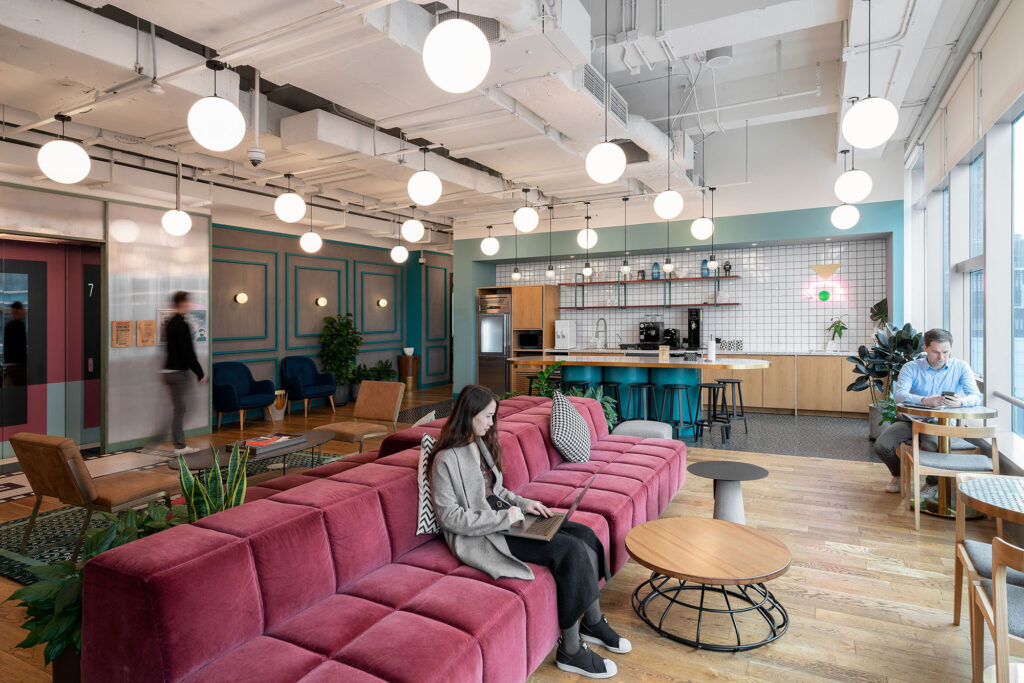
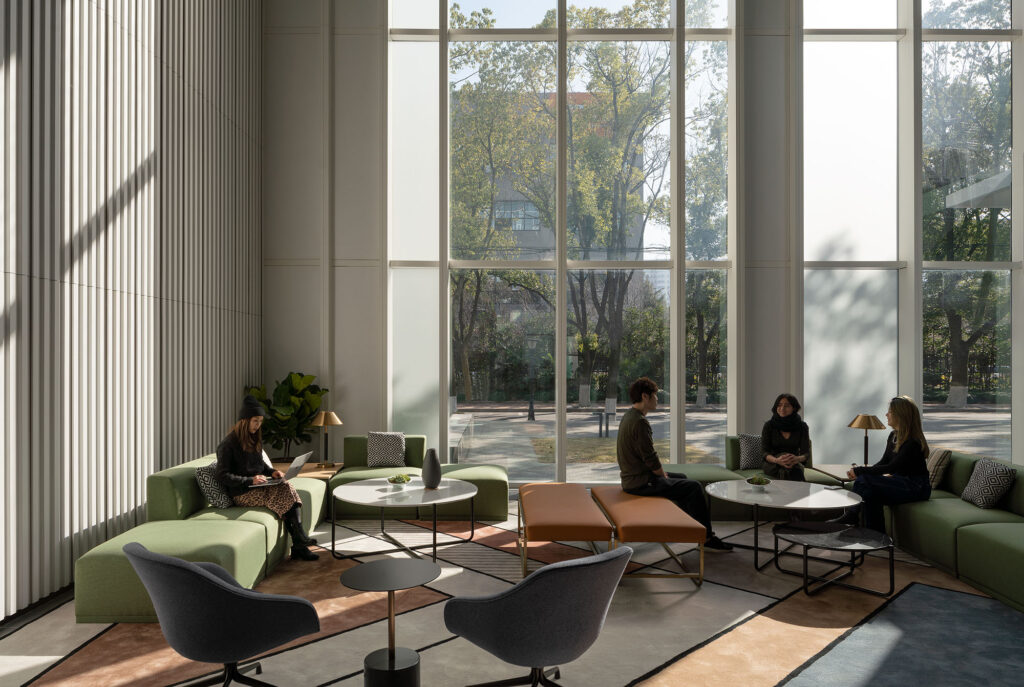
Another strategy is to trade access for images. This breaks a lot of people’s cardinal rule of not giving images away for free, but I personally think it has a lot of merit. It’s of great value if you can get into a space that would otherwise be off-limits. The terms of how you want to deal with the images you take are entirely up to you.
When it’s a security guard standing in the way of you and that amazing image, it tends to boil down to a question of ‘do I ask nicely and hope they oblige, or just trespass/sneak in and hope to get the shot before I get busted?’ Asking nicely and gaining permission has the benefit of giving you a bit more time, free of pressure, to compose and capture the shot. Of course, if you get denied, it gets a bit awkward/dicey when you then try to get the shot anyway. But sometimes you gotta do, what you gotta do.
The major point here is to get creative and do whatever you can to get the shots you need to begin your quest to find work. For example, my wife and I are hoping to get more lifestyle/hospitality work in the future, so earlier this year we booked a bit of an off-season mini-vacation in a beautifully designed hotel where we came away with quite a few shots we can use to bolster our marketing efforts in that genre.
Fine-tune Your Post-production Workflow
Taking the photos is, of course, only half the battle. Use this time building your portfolio to fine-tune your post-production workflow as well. By tackling a broad array of image/building types, you will inevitably come across editing challenges that you may not have faced before. Become as adept as you can at tackling these. Not only will it improve your editing skills, but it may help identify things you could’ve done differently during the shoot to reduce your editing time.
Speaking of that, to create portfolio-worthy images when you’re not in full control of the building/site, for some images you’re going to have to spend a lot more time in post to get them right. You most likely won’t be able to get building maintenance to turn lights on or off, close or clean the windows, or move barricades out of the frame. Embrace these challenges and look forward to the eventual day when you’re in full control.
Hone Your Craft
Use this time to hone your craft and become a more versatile photographer. Your portfolio will not only boost your chances of landing clients but the work you put into creating it should give you the confidence to deliver once you do get those first opportunities. Diversifying your skillset should be a key objective. For me personally, I found that two areas that I wasn’t yet comfortable with were twilight images and editorial shots capturing how people are actually using the building. I made it a point to go out and get these two types of shots and my portfolio is more rich because of it.
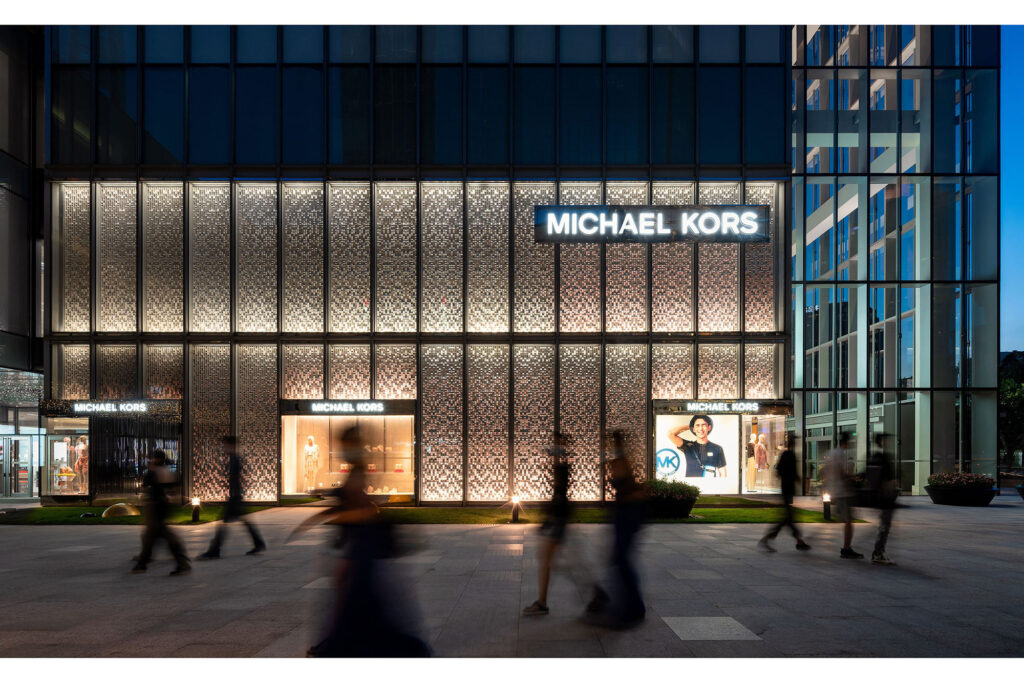
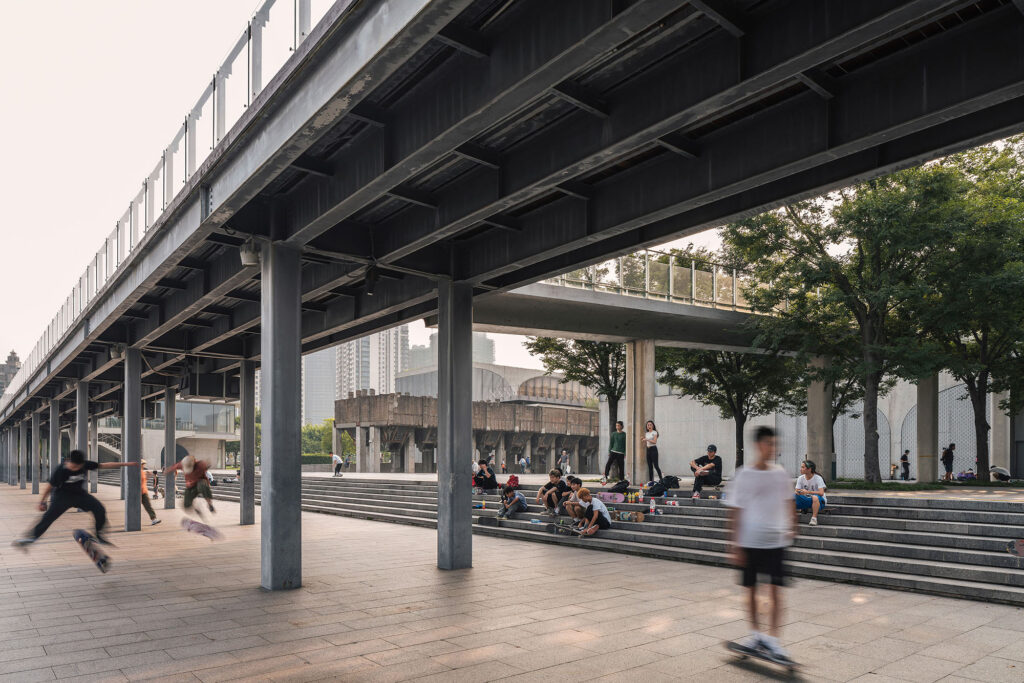
At some point, you’ll need to get to a stopping point so that you can use the images you’ve created to start approaching clients. It’s up to you to decide when that moment is, but I would encourage you to get some feedback on your portfolio from friends or folks in the industry before you start searching. And don’t forget that your portfolio is a living document – you get to keep improving on what you’ve created for as long as you like. As you become a better and more experienced photographer, you can add or replace images – eventually being able to track your growth in the industry.
Hopefully these strategies serve you well in your efforts to break into the industry. Have fun with it. Transform wherever you live into your own personal playground. I long for the days when I just went out on my own time and shot without the burden of time or pressure from a client. I discovered hidden parts of my city that I otherwise would have never explored. If all goes well, shooting for yourself is a luxury you won’t have for too much longer, so go out and enjoy it!
